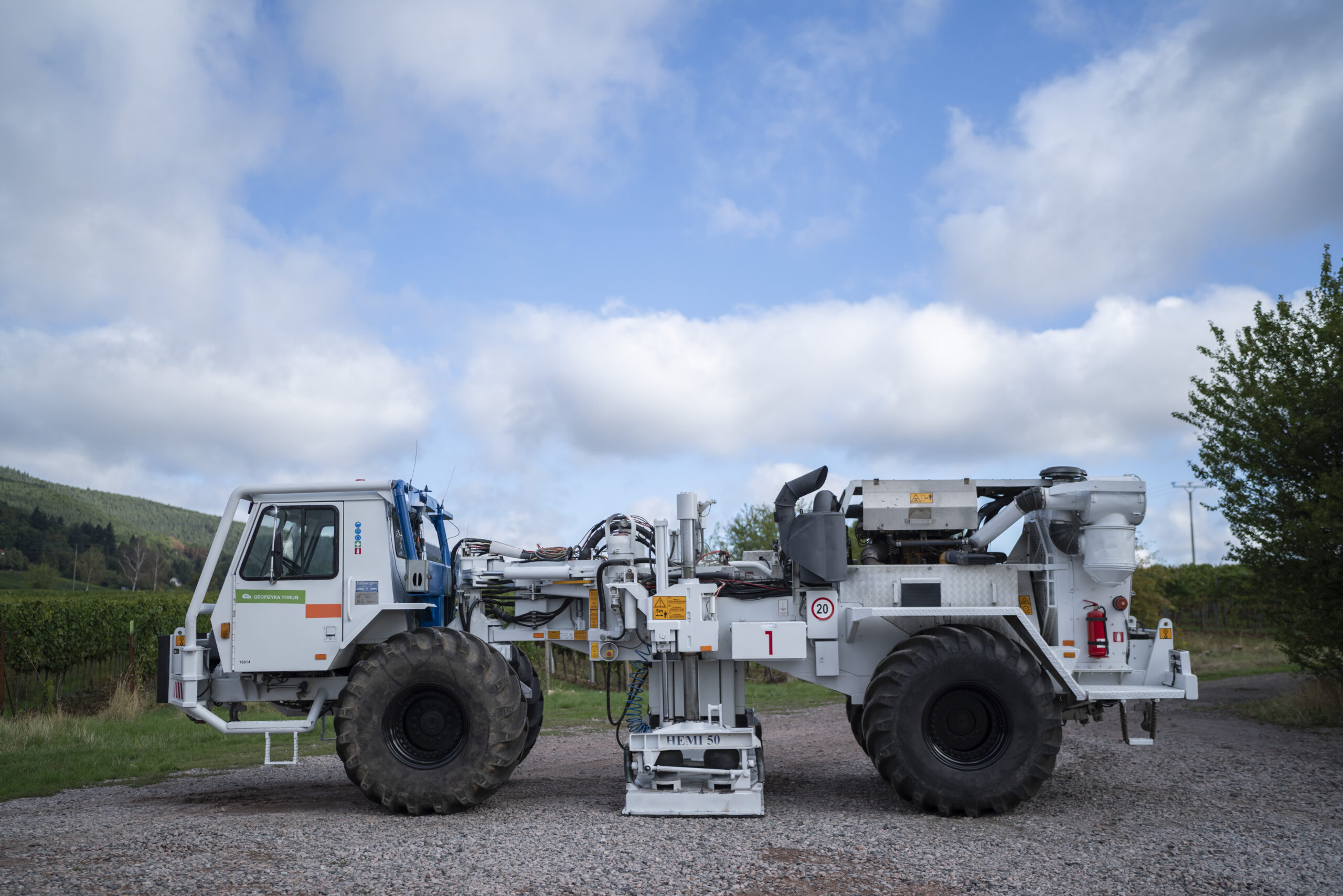
Research drilling in Frankfurt
Germany and Europe are facing major challenges: Climate change must be stopped. At the same time, the EU wants to make itself independent of raw materials from authoritarian countries and crisis regions.
Geothermal energy can offer a solution here: In the Upper Rhine Graben region, hot thermal water lies dormant in the depths of the underground. This can be used to generate renewable energy with the help of geothermal heat. Renewable energy from geothermal sources is climate-friendly, base-load capable, available locally and inexpensive compared to other forms of energy. Geothermal energy therefore makes a significant contribution to the heating, cooling and power supply in Germany and the region.
There are already existing uses of near-surface geothermal energy in the region: Near-surface geothermal energy with a total output of 10,000 kW is already providing a significant amount of renewable energy in the Henninger Turm residential area and the modern FOUR high-rise complex in the banking district. The planned drilling depth of 800 m in Frankfurt is medium-deep geothermal energy and therefore the deepest borehole in the city of Frankfurt. The advantage of such a deep borehole is the higher usable temperature level. Im Durchschnitt steigt die Temperatur im Erdinneren um 3 °C pro 100 m. The deeper, the more heat underground.
Frankfurt is particularly suitable for tapping into such a heat source: There is a so-called geothermal anomaly in the Rotliegend in the Frankfurt area. This means that the ground is particularly hot at this location and is therefore particularly suitable for generating heat. In the project area, the temperature rises by 9°C/100 m in some places. The subsurface in the drilling area here has a final temperature of 24°C at a depth of 200 m.
The Rotliegend is particularly interesting: it consists of sandstone, siltstone and mudstone. These rocks form a so-called stratigraphic sequence, which contains particularly water-permeable layers (so-called aquifers). This means that the hot thermal water can flow particularly well here and can therefore be used to generate renewable energy with the help of geothermal power.
The research drilling is intended to fulfill the state government’s goal of implementing a renewable heat supply in the areas around the Rebstockbad and Römerhofe and to serve as a model for other projects.
